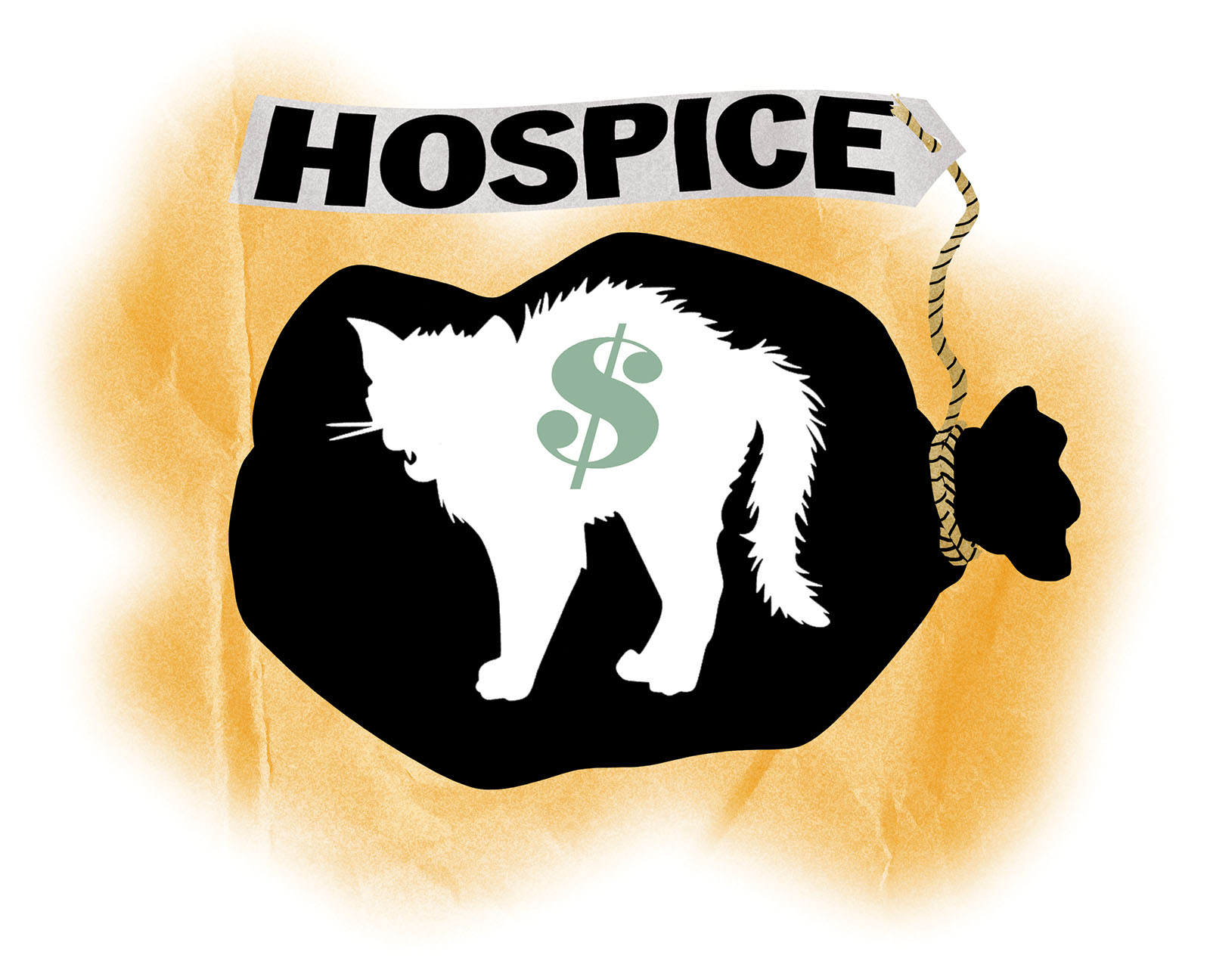By Anne Hendershott
While the nation’s lawmakers spent months posturing over the nonexistent “cuts” to Medicare and Medicaid in President Trump’s One Big Beautiful Bill Act, few are willing to talk about the massive fraud embedded in both these programs.
Last month, the Justice Department reported that a California man pleaded guilty in connection with a several-year scheme to defraud Medicare of nearly $16 million through sham hospice companies.
This is merely a glimpse into the extensive Medicare and Medicaid fraud related to the lucrative and scandal-ridden for-profit hospice industry. According to the Justice Department, since 2007, the Health Care Fraud Strike Force Program has charged more than 5,800 defendants who collectively have fraudulently billed federal health care programs and private insurers more than $30 billion.
None of this should be news to lawmakers. More than a decade ago, a Washington Post investigation revealed the fraud and abuse in the for-profit hospice health care program. Reporters found that a significant number of for-profit hospice programs exploited the system for financial gain under the pretense of providing compassionate care. Fraudulent claims often involved billing for services never rendered, inflating costs or falsely categorizing patients as terminally ill to qualify for hospice care.
The Post pointed out that in the past decade, the booming hospice industry began to attract huge numbers of investors eager to capitalize on the poorly regulated industry. In 2000, 30% of hospices were run by for-profit companies, according to The Post. Today, that share has grown to 75%, according to a 2024 study by Weill Cornell Medicine.
For-profit hospices are increasingly owned by private equity firms and publicly traded companies that recognize a lucrative opportunity. The study revealed that as the percentage of for-profit hospice programs jumped to more than 75% of the total, the care provided by these programs has substantially declined.
The Weill Cornell researchers analyzed Consumer Assessment of Healthcare Providers and Systems data from January 2021 through December 2022, which surveyed the caregivers of patients who died in hospice. The researchers compared quality-of-care measures and found that of the 2,675 hospices studied, “those acquired by private equity and publicly traded companies between 2007 and 2021 were found to have the lowest performance ratings” across all quality measurements.
Although prior research has revealed poorer user experiences in the for-profit hospices than in the not-for-profit hospices, the Weill Cornell study found that ownership by private equity or publicly traded companies was an especially problematic category of for-profit hospice care. The study, published in the November 2024 issue of the Journal of the American Medical Association, suggested that “greater ownership transparency” would allow regulators and families to make informed decisions.
Maybe not. High profit potential often leads to increased fraud and abuse. At their origin, nonprofit hospice programs, many of them run by the Catholic Church and other nonprofit entities, advocated for the quality of life of dying people. Those days are over, as many of today’s profit-driven hospice programs have created a nightmare scenario for families. These people were “sold” the promise of comfort care for their dying loved ones but then received substandard care by inexperienced and uncaring hospice workers or, worse, no care at all.
These schemes drain taxpayer dollars and erode trust in the health care system, placing vulnerable patients at risk. Efforts to combat these abuses require more than reactive measures. A systemic overhaul in oversight and accountability is imperative to address the root causes of such widespread corruption.
• Anne Hendershott is a professor of sociology and director of the Veritas Center for Ethics in Public Life at Franciscan University of Steubenville, Ohio. She is the author of “The Politics of Envy” (Crisis Publications).
